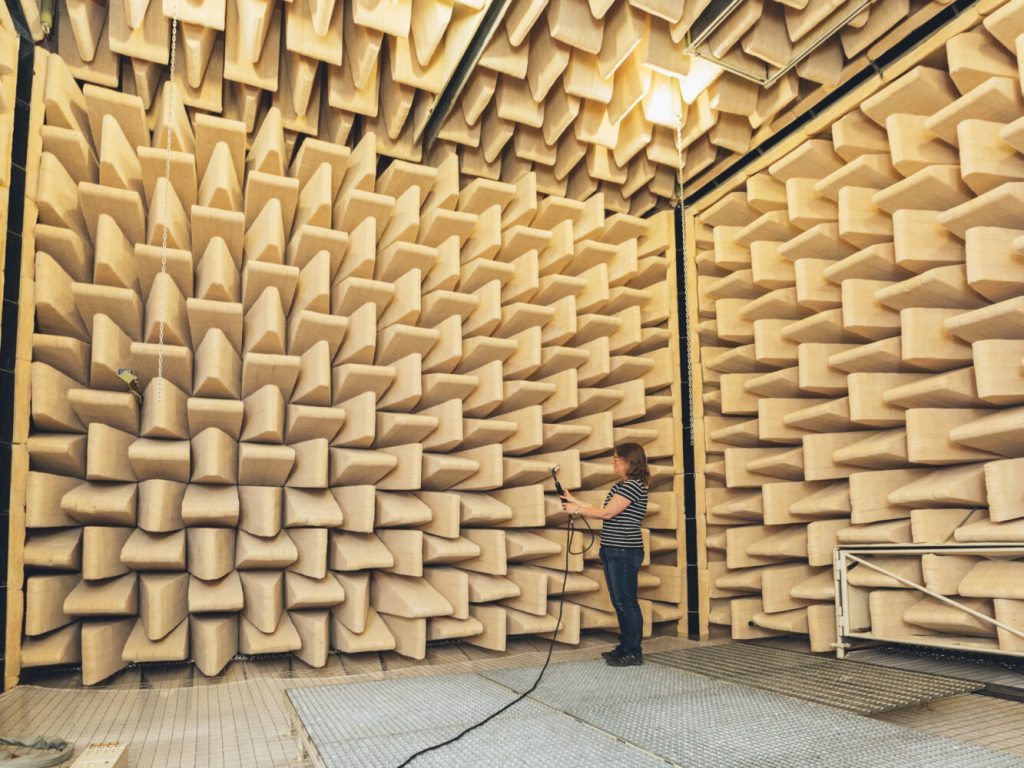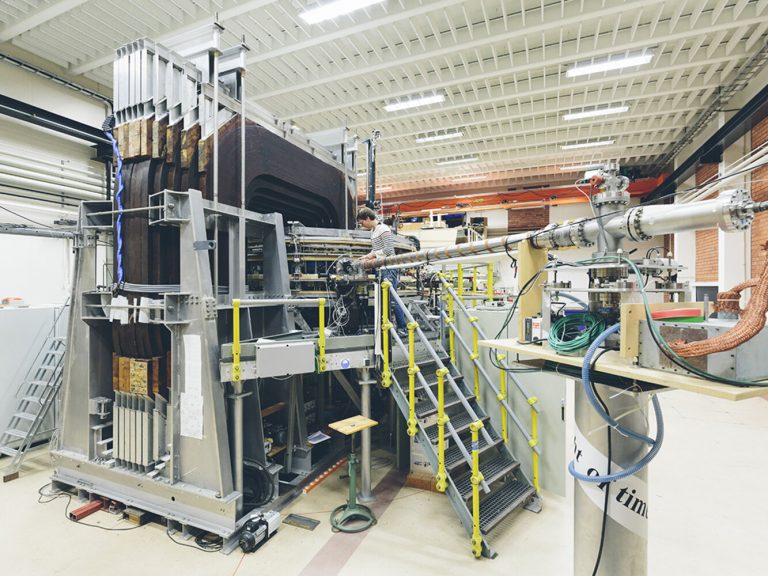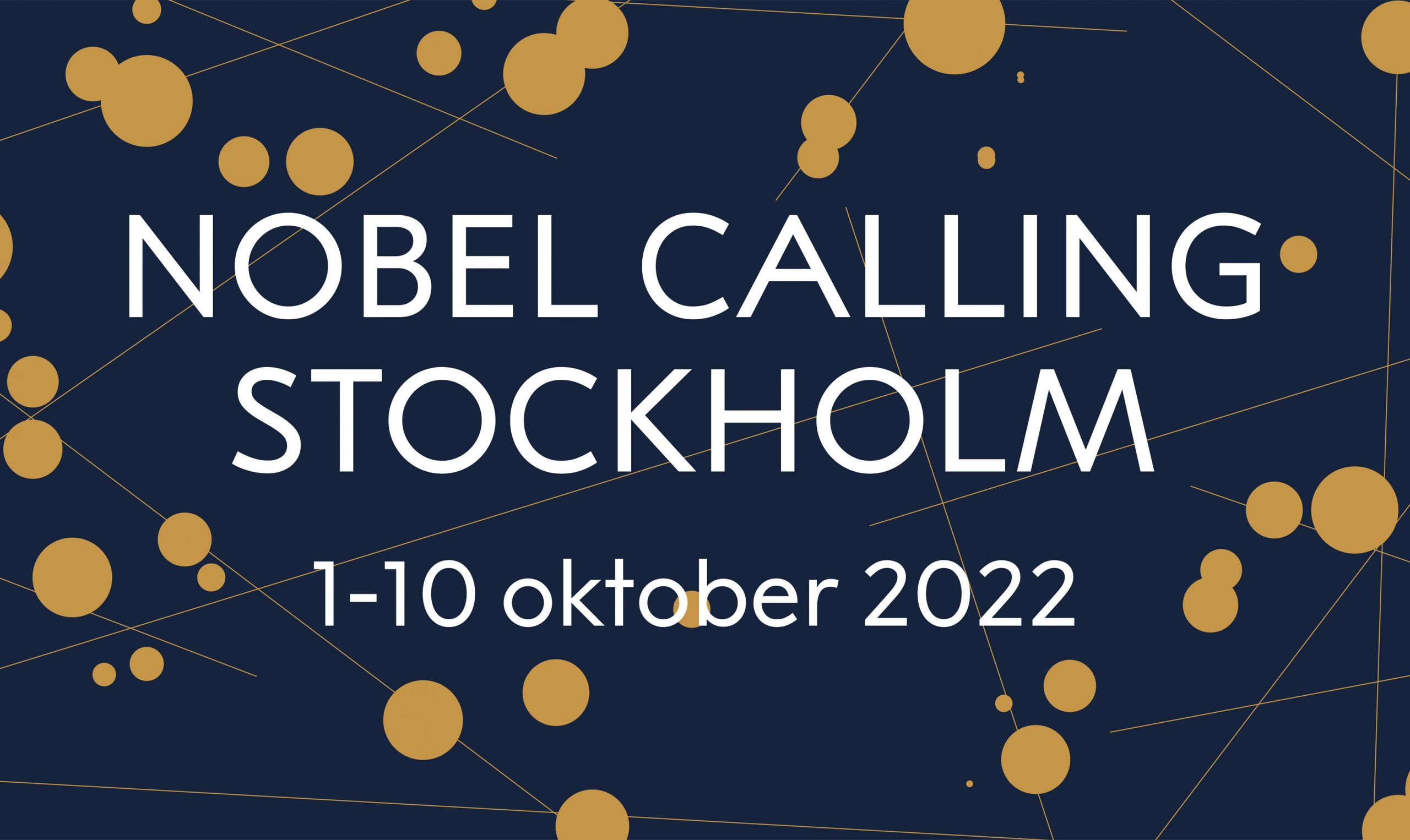Each lab round is about 1½ hours long and includes visits to one or more labs where researchers explain about the lab’s equipment and the research that takes place there.
There are three tours to choose from, and each one has 20 places. Secure your place by registering today!
Round 1 (in English)
During lab round 1, you will visit three small lab environments.
The fusion reactor (EXTRAP T2R)
EXTRAP T2R is an experimental facility for fusion energy research. At the facility, researchers are studying magnetic confinement and heating of plasma, a method for producing large amounts of energy through nuclear fusion.
Fusion energy may be the solution to future energy problems but requires technology that can withstand extreme conditions, especially high plasma temperatures. The plasma in the EXTRAP T2R plant has been heated to a temperature of about 3 million degrees.
Anechoic Chamber
In this lab, researchers measure the electromagnetic properties of antennas and other microwave components, from 2 to 70 gigahertz (GHz). The walls are covered with blue, foam-like material that minimizes electromagnetic echo. The lab is used in collaborations with external parties, such as Ericsson for measuring 5G/6G components and European Space Agency (ESA) for measuring antennas used for satellite communications.
The PDC parallel data centre, KTH’s supercomputer
KTH’s Parallel Computer Centre (PDC) is home to Sweden’s most powerful supercomputer. During the tour, you will gain an insight into the structure of the supercomputer and how it is used in research through its ability to handle complex data and perform advanced calculations.
In English we are usually called the PDC Centre of High Performance Computing.
Round 2 (in English)
During lab round 2, you will visit two large lab environments.
Smart mobility lab and Integrated Transport Research Lab
The Smart Mobility Lab (SML) and Integrated Transport Research Lab (ITRL) conduct research on the transport and traffic of the future.
SML works with the development and testing of solutions for intelligent transport systems and self-driving cars, with the help of simulation and models. At ITRL, KTH works together with the commercial vehicle manufacturer Scania to develop and demonstrate new sustainable transport systems.
The Sustainable Power Laboratory (SPL)
SPL engages in research, development and education in electrical engineering. The lab looks at prototype development and testing of power electronics, antennas, electrical machinery and drive systems.
This also includes the high-voltage lab, which is used for research in high-voltage, insulation materials and components in electric power systems. The lab has equipment for impulse discharges and electrostatic experiments.
Round 3 (in Swedish)
During lab round 3, you will visit one large lab environment that include several labs with different specialisations.
The Odqvist Laboratory
Welcome to KTH’s experimental mechanics lab. Here you will review a number of different environments, including a seven metre long wind tunnel and a completely sound-insulated room for studying sound and vibration.


